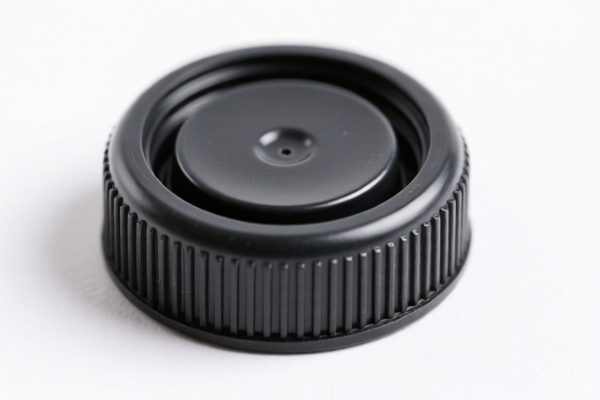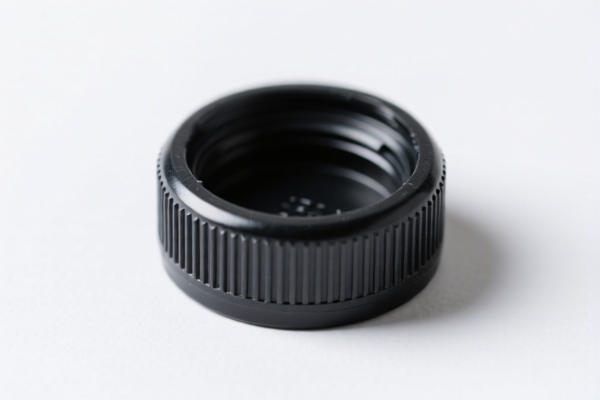| HS Code | Official Doc | Tariff Rate | Origin | Destination | Effective Date |
|---|---|---|---|---|---|
| 3923210011 | Doc | 58.0% | CN | US | 2025-05-12 |
| 3923210030 | Doc | 58.0% | CN | US | 2025-05-12 |
| 3919905060 | Doc | 60.8% | CN | US | 2025-05-12 |
| 3919901000 | Doc | 61.5% | CN | US | 2025-05-12 |
| 4016990300 | Doc | 58.0% | CN | US | 2025-05-12 |
| 4005990000 | Doc | 55.0% | CN | US | 2025-05-12 |
| 4005910000 | Doc | 55.0% | CN | US | 2025-05-12 |
| 4819400020 | Doc | 55.0% | CN | US | 2025-05-12 |
| 4819400040 | Doc | 55.0% | CN | US | 2025-05-12 |
| 4823901000 | Doc | 55.0% | CN | US | 2025-05-12 |
| 4823908000 | Doc | 55.0% | CN | US | 2025-05-12 |




Self-Sealing Bag
A self-sealing bag is a type of flexible packaging designed to create an airtight closure without the need for additional tools like tape or clips. These bags rely on integrated mechanisms to secure their contents, offering convenience and maintaining freshness or containment.
Material:
- Polyethylene (PE): The most common material due to its low cost, flexibility, and good moisture resistance. Low-Density Polyethylene (LDPE) and Linear Low-Density Polyethylene (LLDPE) are frequently used.
- Polypropylene (PP): Offers higher temperature resistance and better clarity than polyethylene.
- Nylon: Provides superior strength and puncture resistance, often used in vacuum sealing applications.
- Composite Films: Multi-layer films combining different materials (e.g., PE/Nylon/PE) to achieve specific properties like barrier protection (oxygen, moisture) and strength.
Purpose:
- Food Storage: Preserving freshness, preventing freezer burn, and extending shelf life of food items.
- Packaging: Containing and protecting various products during shipping and handling.
- Sterile Containment: Maintaining the sterility of medical devices, laboratory samples, or pharmaceutical products.
- Organization: Storing small parts, hardware, or personal items.
Function:
Self-sealing mechanisms vary but generally involve:
- Zip-Lock Closures: Interlocking teeth that create a secure seal when pressed together. These are the most prevalent type.
- Pressure-Sensitive Adhesive: Adhesive strips that bond when pressed together, often found on tamper-evident bags.
- Heat-Sealable Films: Materials that fuse together when heat is applied, creating a permanent seal. These often require a heat sealer machine.
- Fold-and-Seal Closures: Bags with a pre-folded flap containing adhesive that bonds to the bag body when pressed.
Usage Scenarios:
- Household: Storing leftovers, snacks, frozen foods, or organizing items in drawers and closets.
- Commercial: Packaging baked goods, produce, meats, or other food products for retail sale.
- Medical/Laboratory: Containing specimens, sterile instruments, or medical waste.
- Industrial: Packaging hardware, electronic components, or small parts.
- Travel: Storing toiletries, medications, or small personal items.
Common Types:
- Zip-Top Bags: Bags with a zip-lock closure along the top edge. Available in various sizes and thicknesses.
- Zip-Bottom Bags: Similar to zip-top bags but with a zip-lock closure along the bottom edge.
- Form-Fill-Seal Bags: Bags created on-demand using automated machinery, commonly used for packaging food products.
- Vacuum Sealer Bags: Thick, multi-layer bags designed to be used with a vacuum sealer machine to remove air and create a tight seal.
- Stand-Up Pouches: Flexible pouches with a base that allows them to stand upright, often used for packaging snacks, coffee, or other dry goods.
- Tamper-Evident Bags: Bags with features (e.g., adhesive seals, printed security features) that indicate if the bag has been opened or altered.
Based on the provided information, “self sealing bag” can be classified under the following HS codes:
-
3923210011: Articles for the conveyance or packing of goods, of plastics; stoppers, lids, caps and other closures, of plastics: Sacks and bags (including cones): Of polymers of ethylene Reclosable, with integral extruded closure: With no single side exceeding 75 mm in length. This code covers sacks and bags made of polymers of ethylene that are reclosable with an integral extruded closure, specifically those with no single side exceeding 75 mm in length.
- 39: Chapter 39 covers plastics and articles thereof.
- 23: Heading 23 specifies articles for the conveyance or packing of goods, of plastics.
- 21: Subheading 21 further defines sacks and bags (including cones) of polymers of ethylene.
- 0011: This specifies reclosable sacks and bags with integral extruded closure and a size limitation (no single side exceeding 75 mm).
-
3923210030: Articles for the conveyance or packing of goods, of plastics; stoppers, lids, caps and other closures, of plastics: Sacks and bags (including cones): Of polymers of ethylene Reclosable, with integral extruded closure: Other. This code also covers sacks and bags made of polymers of ethylene that are reclosable with an integral extruded closure, but applies to those not meeting the size limitation of 75mm.
- 39: Chapter 39 covers plastics and articles thereof.
- 23: Heading 23 specifies articles for the conveyance or packing of goods, of plastics.
- 21: Subheading 21 further defines sacks and bags (including cones) of polymers of ethylene.
- 0030: This specifies reclosable sacks and bags with integral extruded closure, but does not have the size limitation.
Regarding these HS codes, it is important to verify the material composition (polymers of ethylene) and the dimensions of the bag (single side exceeding or not exceeding 75 mm) to ensure correct classification.
Customer Reviews
No reviews yet.